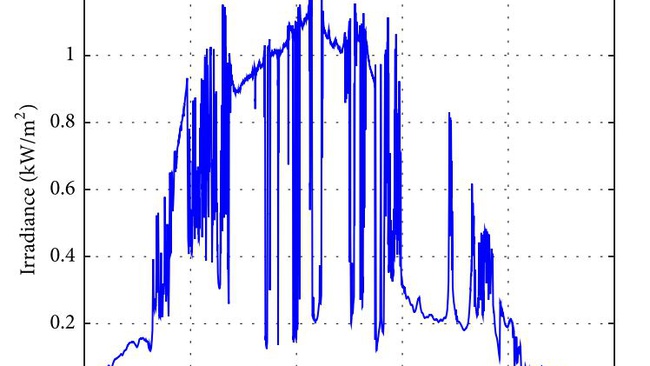Cloud drift causes solar power dips & spikes, which can exceed more than
80% of solar power capacity. When there are only a few solar systems connected
to the grid, these shocks are barely noticed. System costs have declined 16%
per year since 2010, resulting in the growth of solar power plants to over 58 Giga-
Watts. Utilities can no longer ignore shade shock.
Traditional solutions to smooth out these shocks include a combination of low
efficiency rapid response stand-by power plants, enlarged transmission line
capacity, restricted solar system electricity production, & added battery energy
storage systems. All of these options are complex and expensive. This problem is
further exacerbated by emerging microgrids, which have limited smoothing
capacity and rely on battery systems to take a brunt of the shock, thus leading to
higher system costs due more frequent replacement, rather than cost reduction.
In response to the threat of shading shocks to the grid, Puerto Rico and Hawaii
have started requiring solar systems to slowly change power production when
clouds are overhead, to control power ramp rate. Other states have
considered soft-start or other ramp rate controls.
Challenge: Demonstrate a system which controls up and down ramp rate to 10% per minute or
less while adding no more than 4% to total system cost,one quarter the average
annual cost decline.
